The Advantages of Bottom Watering Your Plants
Watering your plants is an essential chore to keep them healthy. However, if you’ve ever worried that your container plants aren’t getting adequate hydration or seem to be struggling in some way, an expert with an especially green thumb may have told you to try bottom watering your plants. Bottom watering is an efficient way to provide water delivery, and it can be better for some types of plants. While it might not be quite as convenient as pouring water directly atop your plan into its pot, bottom water is worth the bit of extra effort because it’s better for your plants.
What Is Bottom Watering?
Typically, when people water their container plants, they pour water into the top of the pot and continue pouring until they see water begin to drain from the bottom of the container. This may have served you well for most types of plants, but in some cases, plants may not be getting adequate moisture because the water drains before it can moisten all of the soil. The plant’s roots may not get enough before the water dries out into the soil.
Bottom watering ensures that roots take in the right amount of water to meet the plant’s needs. To perform this style of watering, simply place your plant in its current container in a larger container such as a bowl or deep dish. Then, instead of watering into the top of the plant’s container, you’ll pour water into the bottom bowl, allowing the plant’s roots to obtain the water more directly and efficiently.
What Are the Benefits of Bottom Watering Your Plants?
First, bottom watering is a must for some types of plants. If you ever wondered why your African violets are becoming discolored, it may be because you’re getting water onto their leaves when you water them from the top. In addition to ensuring your plant an adequate water supply, bottom watering may prevent, you may be able to ward off pests that are attracted to moist topsoil. Finally, when you water your plant from the bottom of its pot, you can encourage robust root growth. Bottom watering frequently results in faster root growth, and that can lead to a thriving plant overall.
Tips to Water Your Plants from the Bottom
As with top watering, bottom watering can subject your plant to overwatering. So, after you add water to the bottom to the bowl surrounding your contained plant, remove the excess water after about 20 minutes. Root rot is a condition you want to avoid at all costs. Next, while bottom watering regularly is ideal, do a periodic top watering (taking care not to wet the leaves for plants that ‘don’t like to get wet) to loosen any minerals trapped at the top of the soil and wash them toward the bottom where they’re more accessible for your plants’ roots.
Bottom watering may be a bit more cumbersome, especially for plants in large containers, and it can take a bit longer to complete the task. However, since most plants don’t require watering on a daily basis, it’s a watering style that has some clear benefits for your plant. Try it out for a few months and see just how well your plants prefer to be bottom watered.
Posted in: Gardening
Leave a Comment (0) →
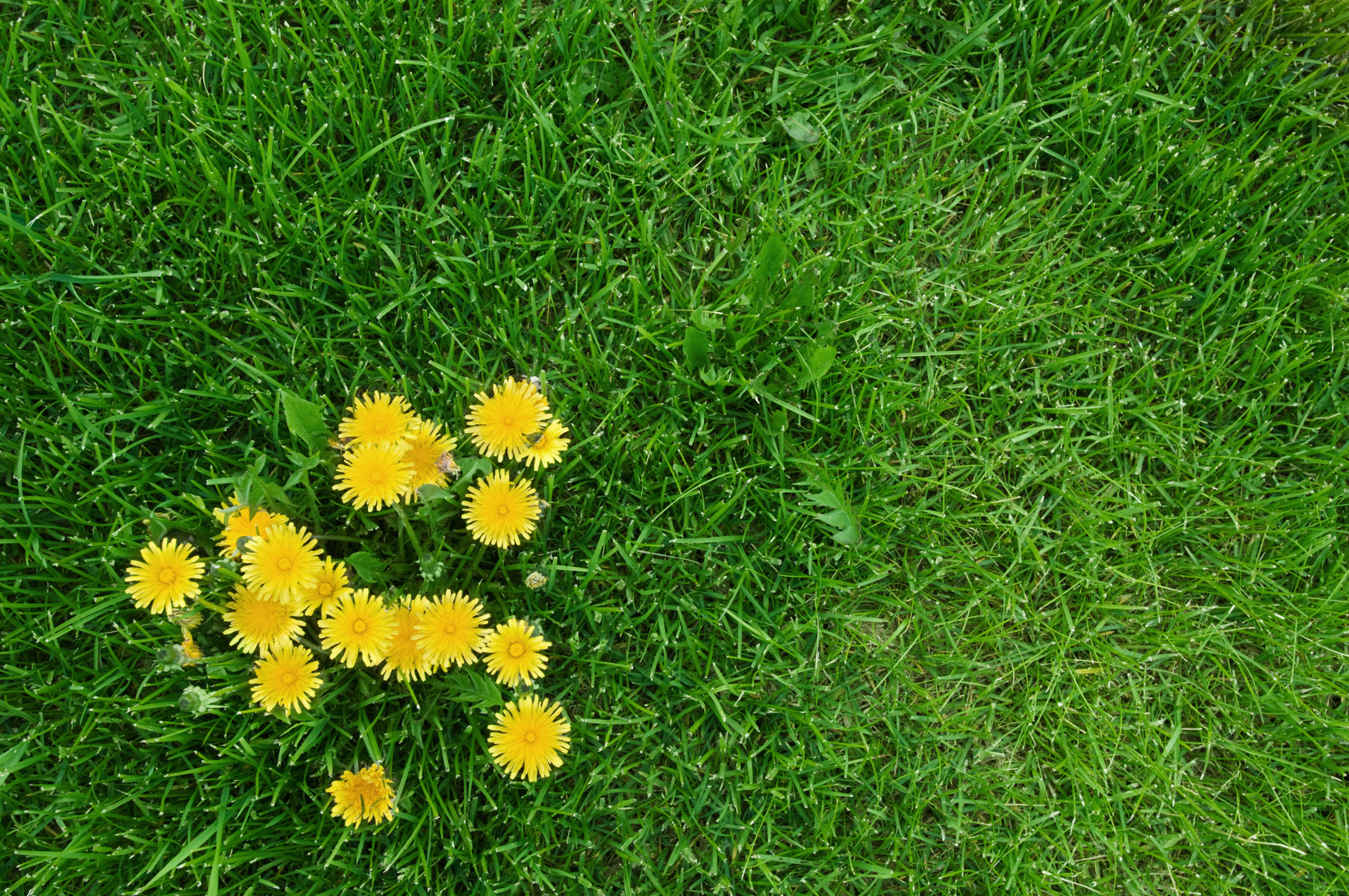
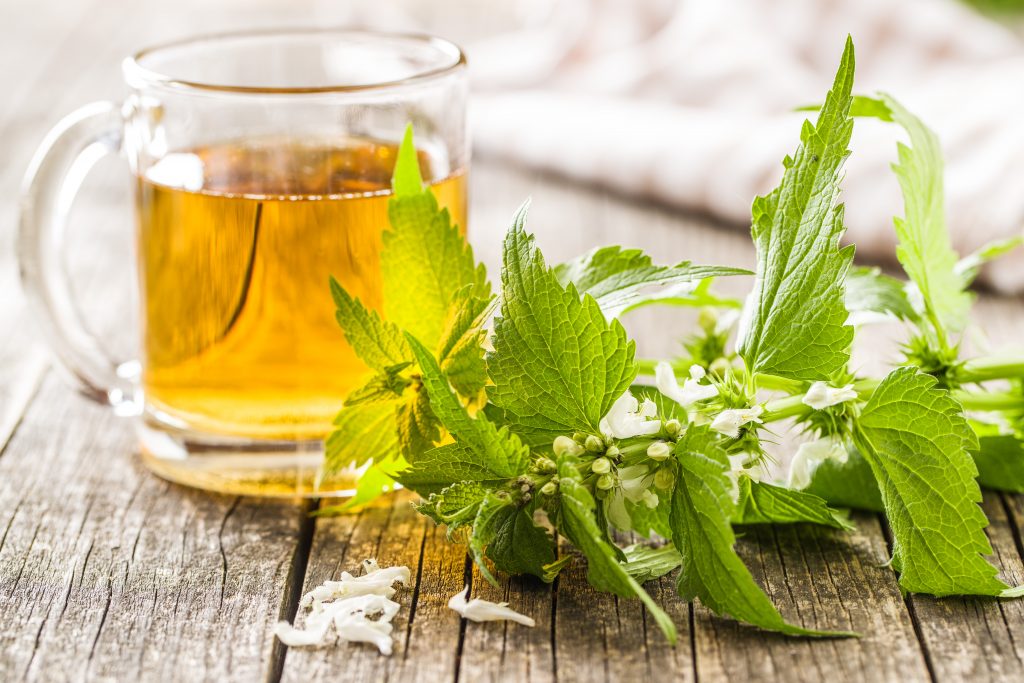
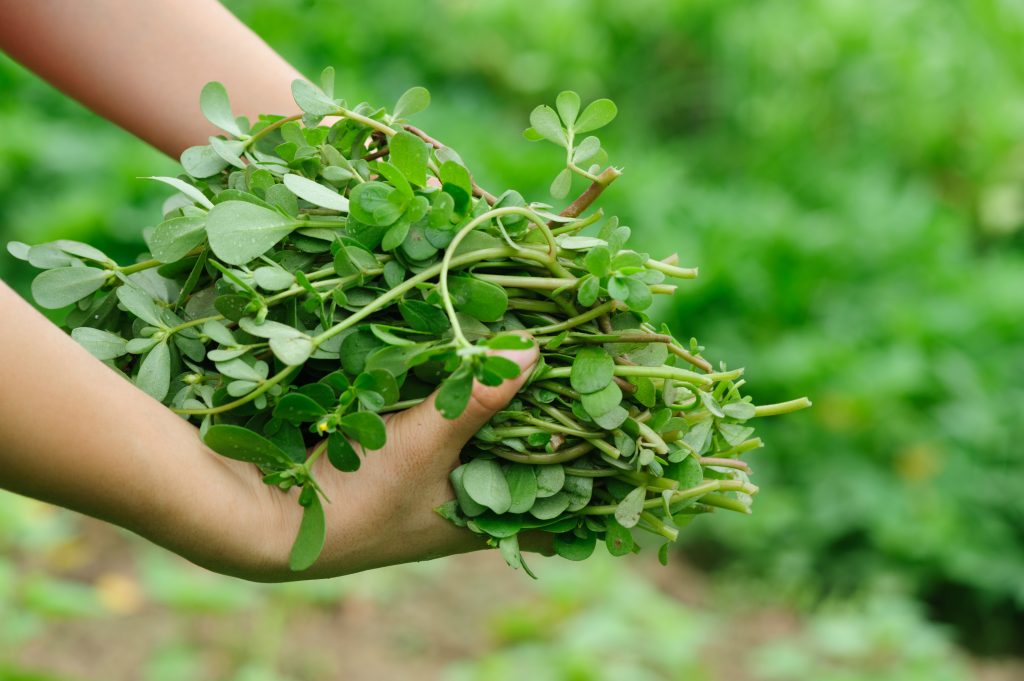
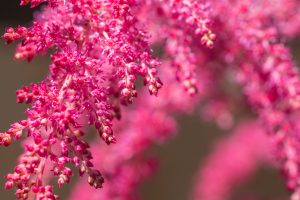
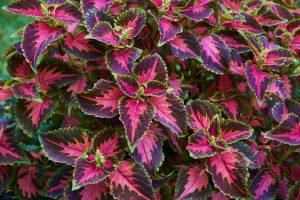
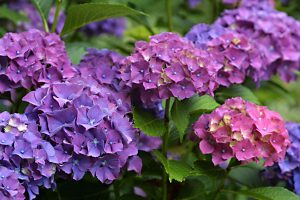
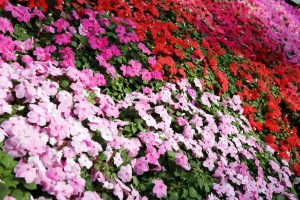
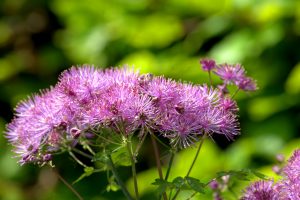
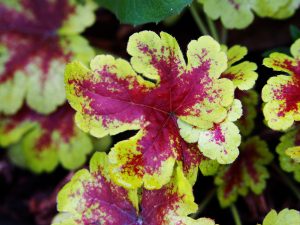
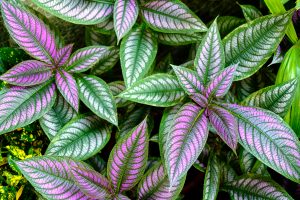
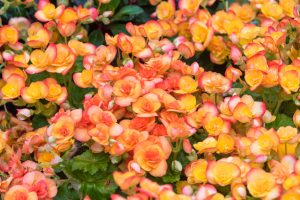
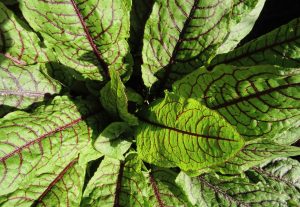
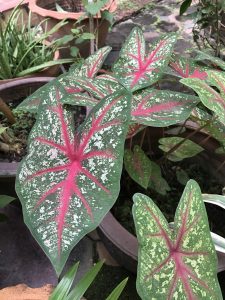
 Texas Redbud
Texas Redbud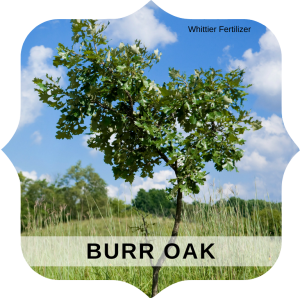 Burr Oak
Burr Oak Blue Palo Verde
Blue Palo Verde